Georgios Panagopoulos MD | Orthopaedic Surgeon
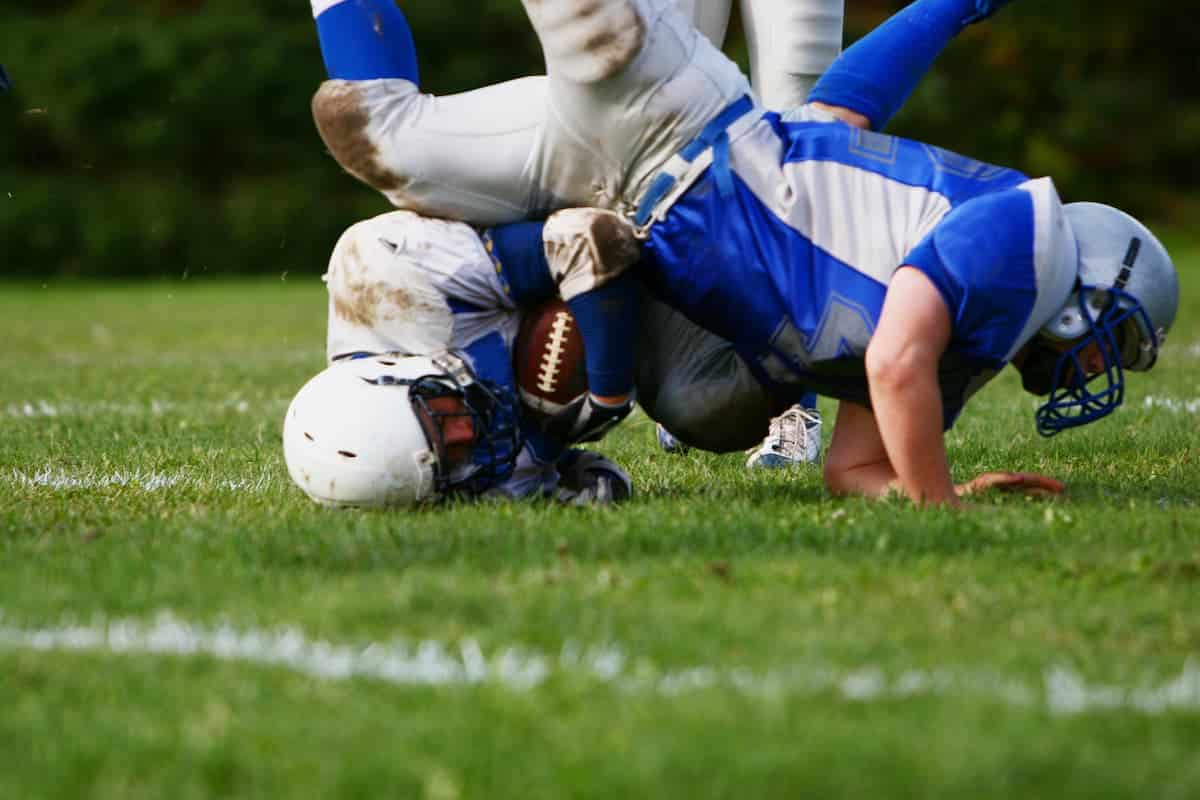
Το εξάρθρημα ακρωμιοκλειδικής άρθρωσης συμβαίνει όταν οι σύνδεσμοι που συγκρατούν την άρθρωση υφίστανται διάταση ή ρήξη, συνήθως κατόπιν τραύματος. Ως αποτέλεσμα, το περιφερικό άκρο της κλείδας ανασηκώνεται, χάνοντας την φυσιολογική επαφή του με το ακρώμιο. Η θεραπεία για το εξάρθρημα ακρωμιοκλειδικής άρθρωσης εξαρτάται από την βαρύτητα και την σταθερότητα της κάκωσης.
Table of contents
What is the acromioclavicular joint or ACJ?
The acromioclavicular joint, or ACJ, is essentially the connection between your collarbone (clavicle) and your shoulder blade (acromion). The superior and inferior acromioclavicular ligaments keep the joint in place. The stability of the ACJ is further maintained by the coracoclavicular ligaments, that connect the clavicle to the coracoid process (trapezoid & conoid ligaments).
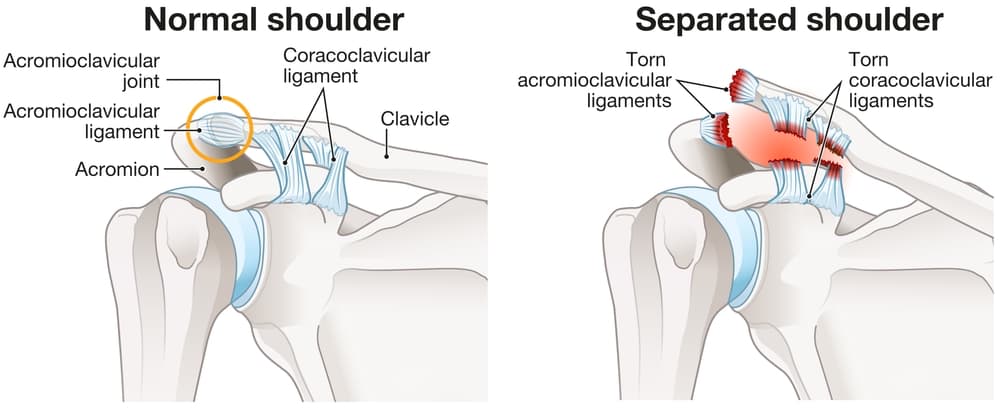
What is ACJ separation?
Το εξάρθρημα ακρωμιοκλειδικής άρθρωσης συμβαίνει όταν οι σύνδεσμοι που συγκρατούν την άρθρωση υφίστανται διάταση ή ρήξη, συνήθως κατόπιν τραύματος. Ως αποτέλεσμα, το περιφερικό άκρο της κλείδας ανασηκώνεται (εξάρθρημα ή εξάρθρωση κλείδας), χάνοντας την φυσιολογική επαφή του με το ακρώμιο (μετατόπιση κλείδας προς τα πάνω).
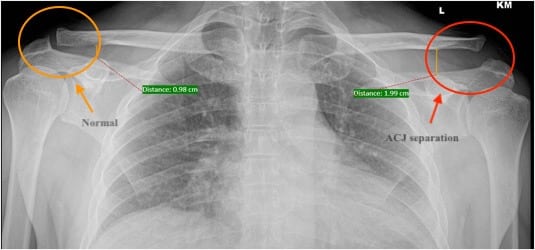
What's the typical mechanism of injury?
ACJ separation usually occurs as a result of a fall on the shoulder. It is a common injury in contact sports (football), as well as in winter sports (skiing & snowboarding). It can also occur after a road traffic accident (fall from a bike or motor vehicle crush).
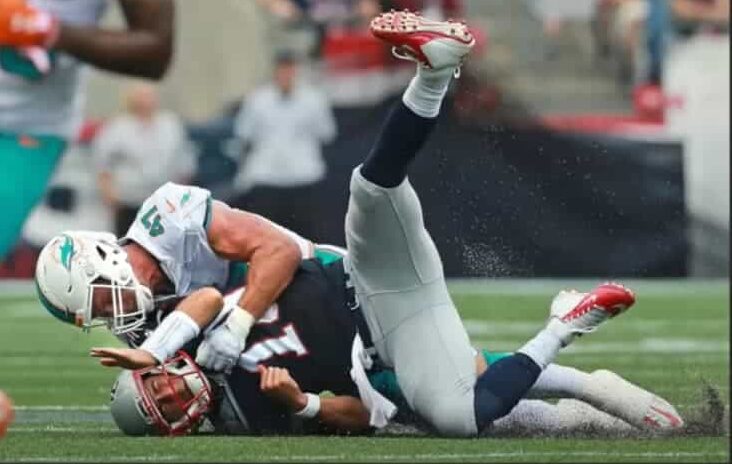
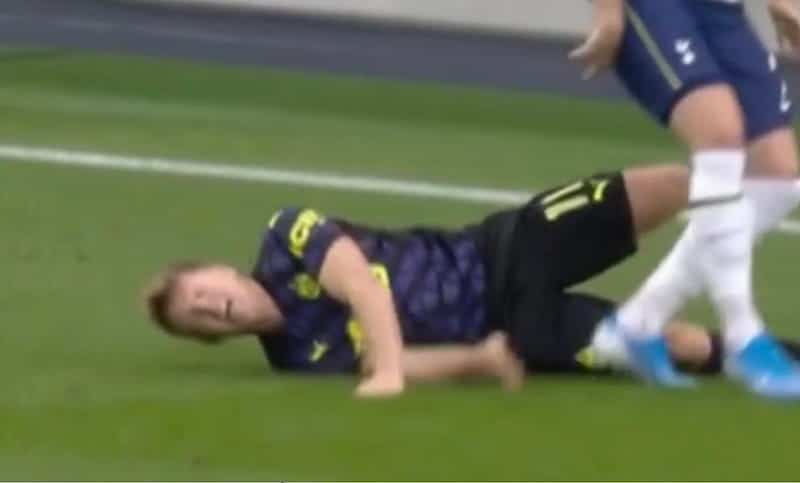
ACJ separation can be classified in 6 types, based on the degree and direction of displacement of the clavicle in relation to the acromion (Rockwood classification):
- Type I: Simple sprain or partial tear of the acromioclavicular (AC) ligaments with no injury to the coracoclavicular (CC) ligaments. Usually mild swelling and tenderness, should heal on its own within a few weeks.
- Type ΙΙ: Complete tear of the AC ligaments and sprain or partial tear of the CC ligaments. Mild tenderness and more pronounced swelling. Mild superior displacement of the clavicle (CC distance <25%).
- Type III: Complete tear of the AC and CC ligaments. There may be a large bump & significant swelling, and the CC joint may be very tender. The ACJ is dislocated superiorly (CC distance 25-100%).
- Type IV: Complete tear of the AC & CC ligaments (as in type ΙΙΙ), but with clavicle displaced posteriorly (backwards).
- Type V: Complete tear of the AC & CC ligaments (as in type ΙΙΙ), but with clavicle displaced superiorly (CC distance >100%).
- Type VI: Complete tear of the AC & CC ligaments (as in type ΙΙΙ), but with clavicle displaced inferiorly (downwards).
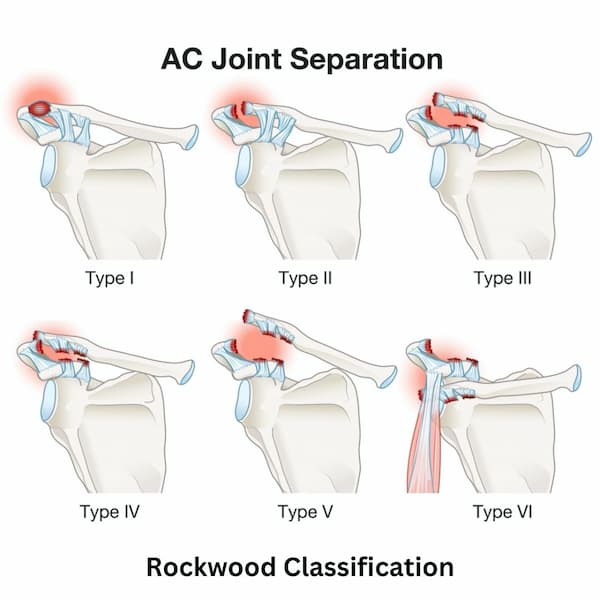
Which are the symptoms of ACJ separation?
Symptoms may include:
- Intense pain on top of the shoulder.
- Obvious deformity – Displaced clavicle causes a lump and is painful upon palpation.
- Weakness of the upper limb & inability to lift arm.
- Restricted range of motion.
Diagnosis
Diagnosis is usually obvious on clinical exam and can be easily confirmed by means of simple x-rays. An ACJ separation must be treated by an expert Upper Limb Surgeon. Dr Panagopoulos will obtain a detailed history and examine you carefully. An ultrasound of the shoulder can be useful to rule out associated tendons lesions or tears.
An x-ray is necessary to further clarify the type and severity of the ACJ separation. At times, a comparative x-ray of the opposite unaffected shoulder, or a special view (cephalic 10-15 degree, or Zanca view) might be need. If there is a high index of suspicion for associated lesions, your doctor might order a CT or an MRI scan.
Treatment
Treatment of ACJ separation depends on the degree of displacement and the stability of the injured ACJ. Types I & II are typically treated non operatively, with a sling for comfort & NSAIDS initially, followed by an individualised physiotherapy/home exercise program.
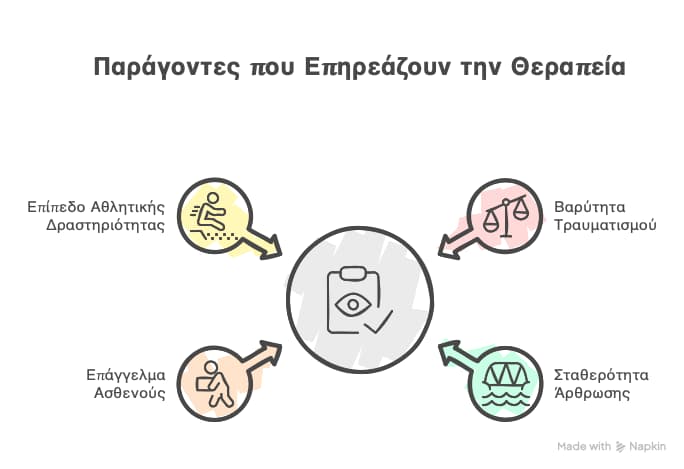
Το εξάρθρημα ακρωμιοκλειδικής 3ου βαθμού είναι αμφιλεγόμενο. Υπάρχουν περιπτώσεις που αντιμετωπίζονται συντηρητικά και άλλες που αντιμετωπίζονται με χειρουργική επέμβαση. Οι ασθενείς με εξάρθρημα τύπου III που ανταποκρίνονται στη συντηρητική θεραπεία, είναι σε θέση μετά από μερικές εβδομάδες να επιστρέφουν στην καθημερινή τους δραστηριότητα. Ασθενείς που εξακολουθούν να έχουν πόνο ή αστάθεια στην κίνηση πάνω από το επίπεδο του ώμου μετά τη συντηρητική θεραπεία, ασθενείς που εκτελούν χειρωνακτική εργασία, καθώς και οι αθλητές είναι υποψήφιοι για χειρουργική αντιμετώπιση.
Treatment of types IV, V and VI is also typically surgical, in order to restore stability and reconstruct the torn coracoclavicular and acromioclavicular ligaments. The traditional surgical technique, or modified Weaver-Dunn technique (JBJS, 1972), that involves distal clavicle excision and transfer of the coracoacromial ligament, is now widely considered inadequate on its own.
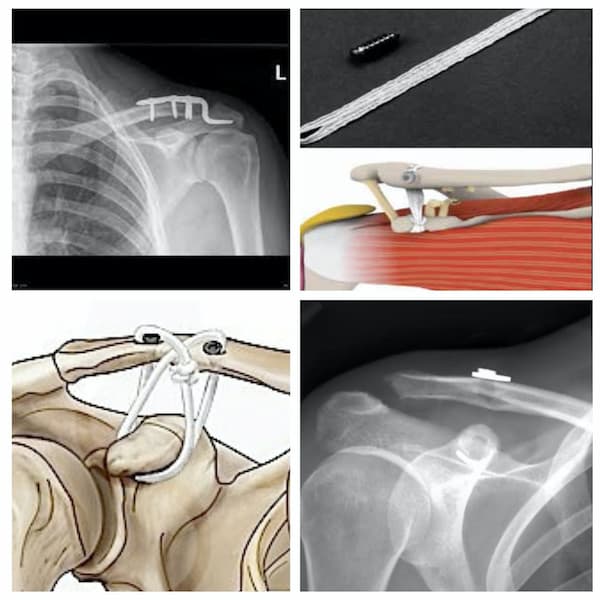
Since then, a multitude of surgical techniques has been described, with both open and arthroscopic procedures. In acute cases, within 2 weeks of initial injury, ACJ injuries can be treated with the use of metallic buttons (ie, Arthrex Tightrope or DogBone). In chronic cases, the use of autograft, allograft or synthetic graft (ie Lockdown, or LARS ligament) is more appropriate.
In our clinic, we favor ACJ reconstruction by means of LARS ligament, through a small anterior bra strap incision.
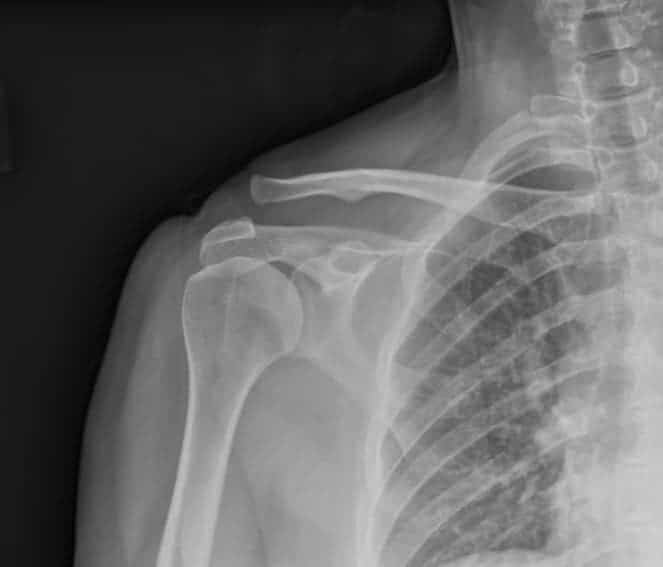

How successful is the procedure?
ACJ reconstruction is a safe and minimally invasive procedure, with very low complication rates and great functional results. Patients can go home a few hours after the procedure. The arm stays in a sling for a few weeks, after which an individualised rehabilitation program can be commenced, in order to resume previous activities as soon as possible.
What's the cost of the procedure?
The cost of the procedure is reasonable. Please contact us for more details.
FAQs - Frequently Asked Questions
What's ACJ separation?
ACJ separation occurs when the ligaments that keep the joint in place are stretched or torn, usually as a result of an injury. As a consequence of the injury, the outer part of the clavicle is displaced superiorly, losing its normal anatomical relationship with the acromion.
How is it diagnosed?
Diagnosis is usually obvious clinically and can be confirmed by simple X-rays.
What's the treatment?
Treatment is usually non operative for types I & II, whereas types IV to VI typically need surgery. Treatment for type III injuries is more controversial.
Find us
Book an appointment with us today
